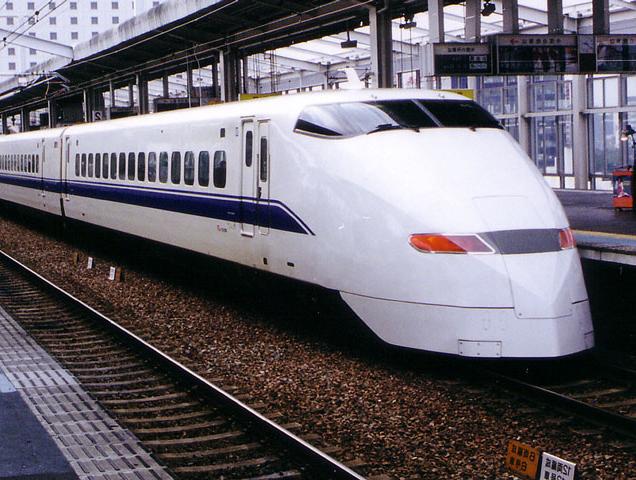|

|

|
|

|

|
As we will get into more in the next few weeks, there may be a Habitable Zone in our Solar System where planets will develop conditions suitable for Life As We Know It (LAWKI) to develop. We will try to settle on the criteria that define the Habitable Zone based on studies of our Solar System. Defining such a Habitable Zone will allow us to search for extra-Solar life in a more efficient way.
The way in which the Terrestrial planets evolve can be understood through consideration of:
To begin, let us make a more loose definition of what we will mean by a Terrestrial planet. We will use the object's density for our loose defintion. Here, we define a Terrestrial planet as an object whose density is larger than around 3 grams per cubic centimeter (g-cm-3) or so and a diameter greater than around 2,000 kilometers. Our definition is loose and so the Terrestrial planets include at least the objects Mercury , Venus , Earth , the Moon , Mars , and the Galilean moon Io.
|
|
|
|
|
|
|
|
|
|
|
|
|
|
|
|
|
|
|
|
|
|
|
|
|
|
|
|
|
|
|
|
|||
|
|
|
|
|||
|
|
|
|
|
|
|
|
|
|
|
|
|
|
|
|
|
|
|
INTERIORS OF THE TERRESTRIAL PLANETS
How do we learn things about the interiors of planets?
This is an interesting question because we do not probe the deep interiors of planets directly, e.g., by drilling holes directly into them. At most, mines reach a kilometer or two beneath the surface of the Earth (the radius of the Earth is over 6,000 kilometers). The mines reach about 0.02 % of the radius of Earth into the Earth. This, proportionately, is way thinner than the skin of an apple. Suppose a typical apple has a radius of 1.5 inches or so (3.75 cm). Its skin has a thickness of something like 0.01 inches (0.03 cm). The skin is thus about 0.75 % of the apple's radius.
Most everything we know about the interior of the Earth has been learned through indirect means.

